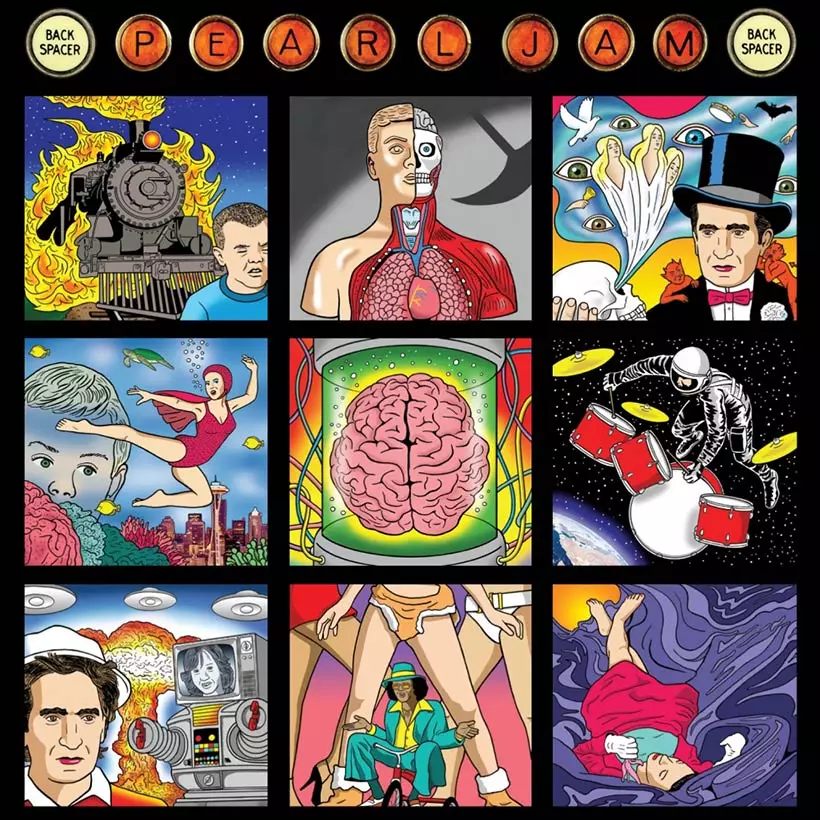


“Alive” is actually a demo recording (with a little bit of sweetening). We didn’t expect the record to be a huge deal. “But it was still a third of the money that we’d spent making the Mother Love Bone record. “I think we spent about $25,000 making and about three times that mixing it,” bassist Jeff Ament recently told Classic Rock. Ten was recorded on a modest budget.įormed out of the ashes of Mother Love Bone – whose frontman Andrew Wood died of a heroin overdose in March 1990, shortly before the release of Apple, their lone full-length album – Pearl Jam were determined to avoid MLB’s costly excesses and mistakes. Here are 10 lesser-known facts about the album. Now that the debates have cooled and the dust has settled, Ten stands tall as one of the most iconic records of its era. It also effectively blurred the lines between so-called alternative and mainstream rock, igniting a heated debate among the band’s critics, fans and fellow musicians over whether Pearl Jam were major-label sell-outs, or committed artists whose musical vision just happened to be broad enough to fill arenas. alone.įor better or worse, the success of Ten also helped push the Seattle rock scene that spawned it (and “grunge” culture in general) squarely into the national spotlight, and inspired a host of lesser bands who blatantly imitated Pearl Jam’s densely rumbling attack and Vedder’s distinctive baritone roar. Ten unleashed the modern-rock classics “Alive,” “Jeremy” and “Even Flow,” established the previously unknown Eddie Vedder as a superstar frontman and went on to sell more than 13 million copies in the U.S. But if they’d released only one record – their 1991 debut, Ten – their place in rock history would still be secure. One of the most successful rock bands of the past quarter-century, Pearl Jam have released 10 studio LPs and numerous live records and official bootlegs over the course of their career, selling an estimated 60 million albums worldwide.


 0 kommentar(er)
0 kommentar(er)
